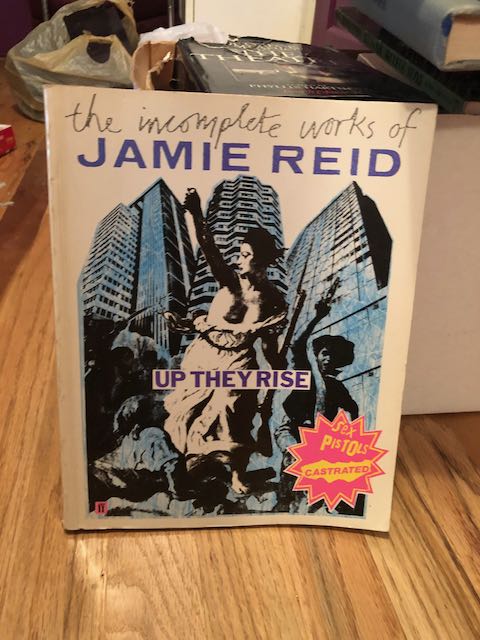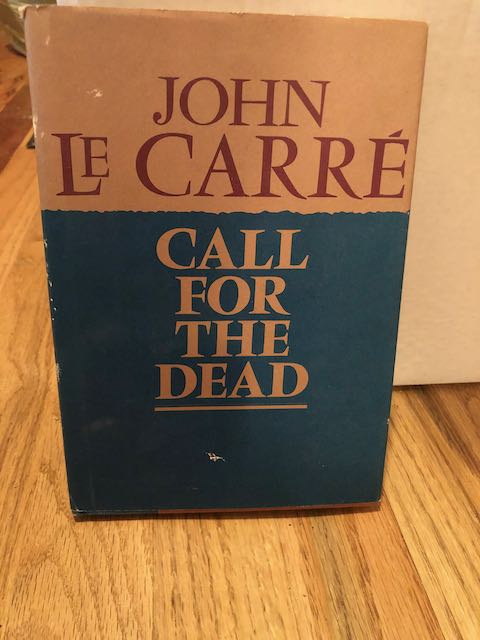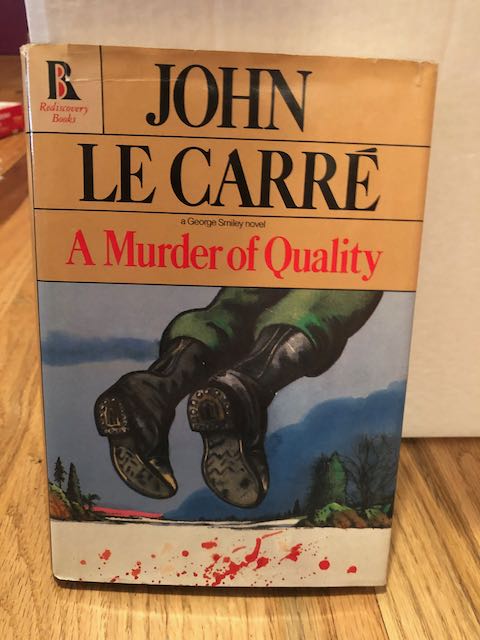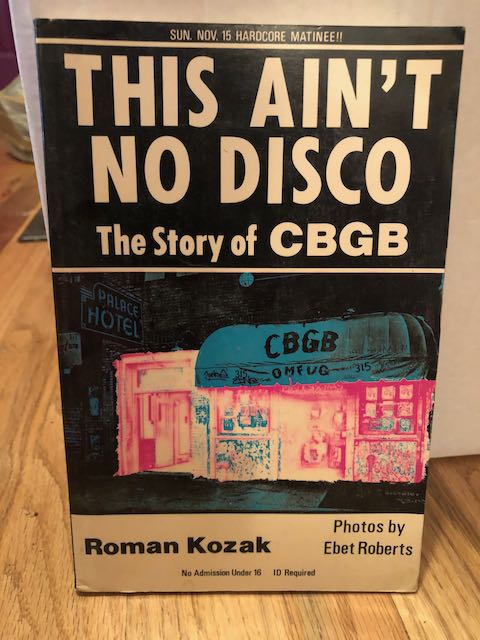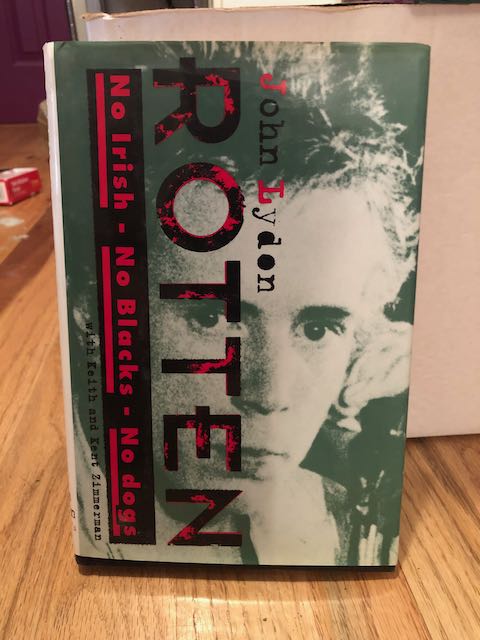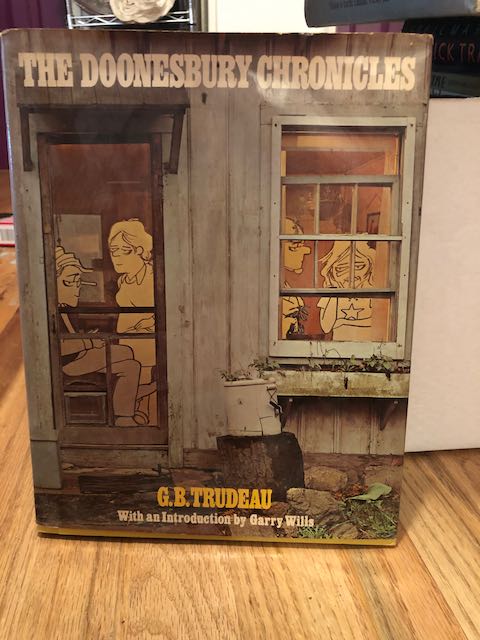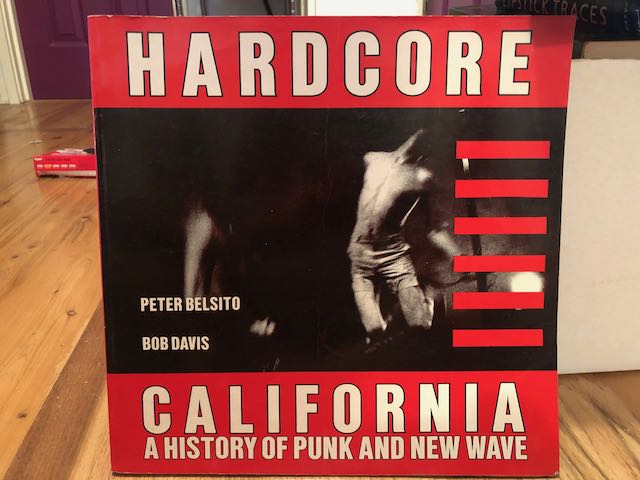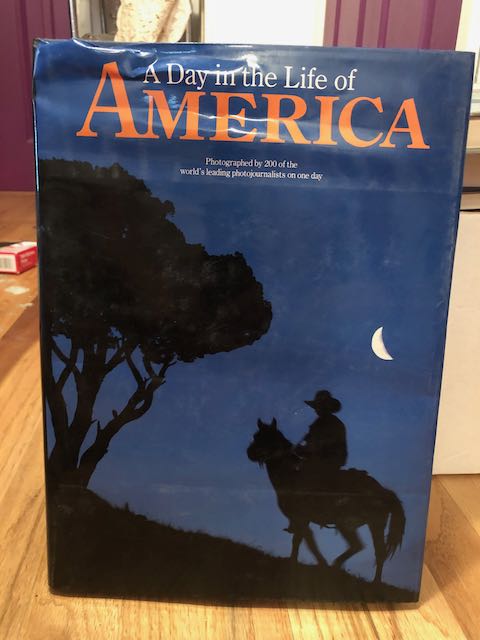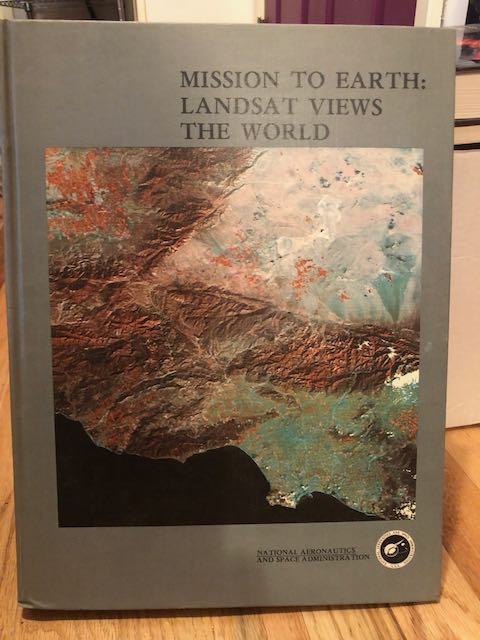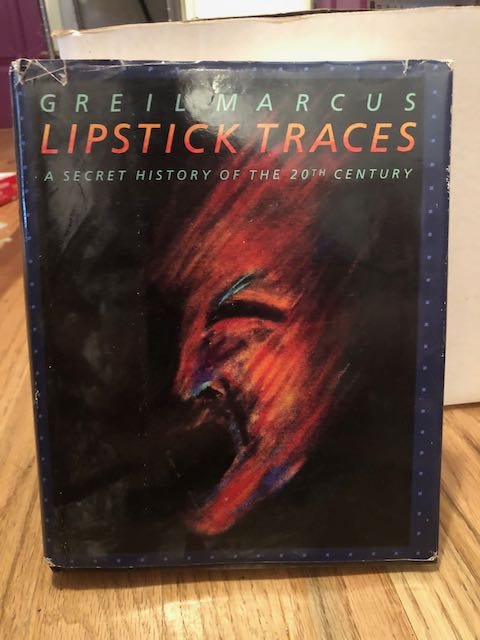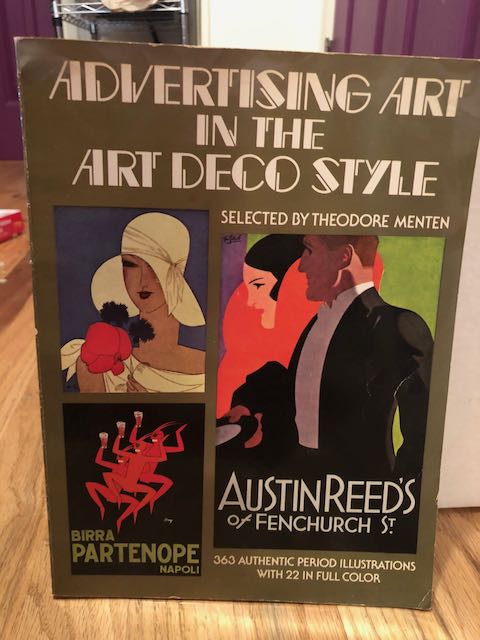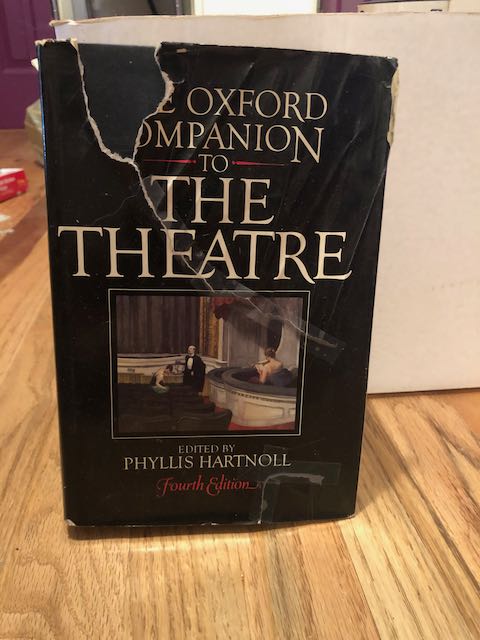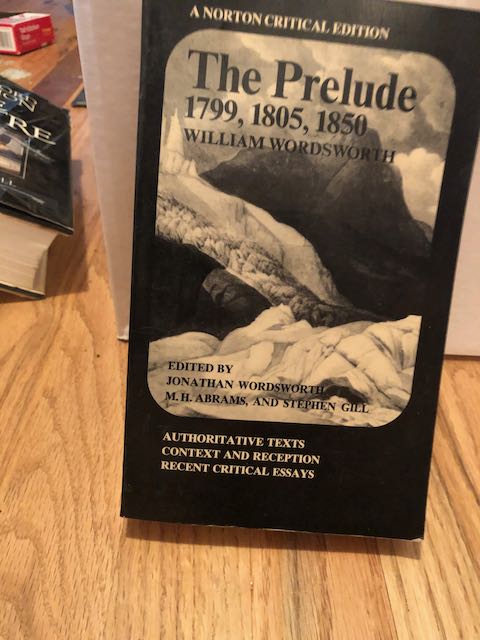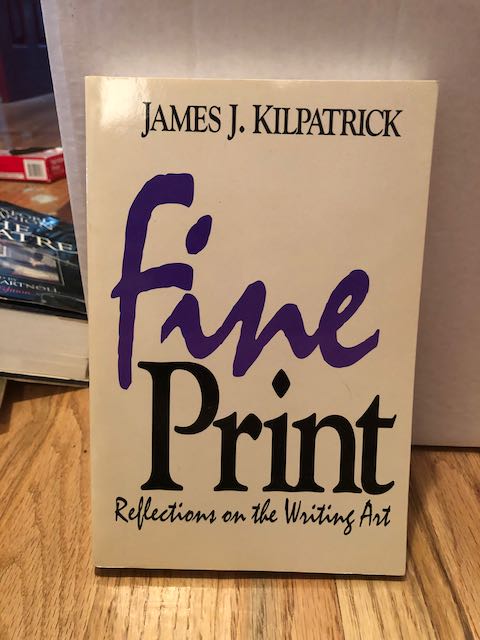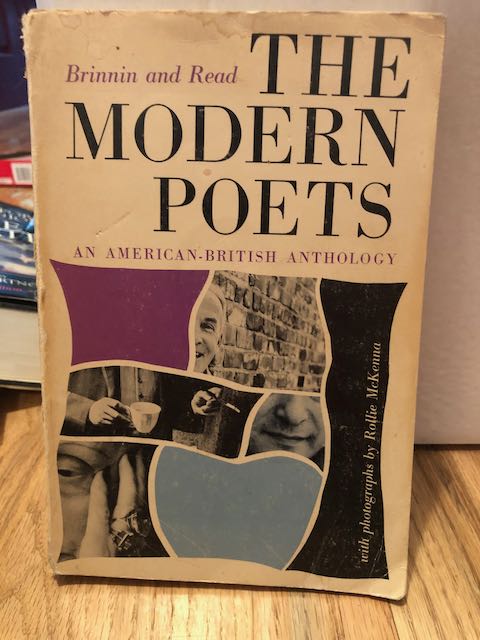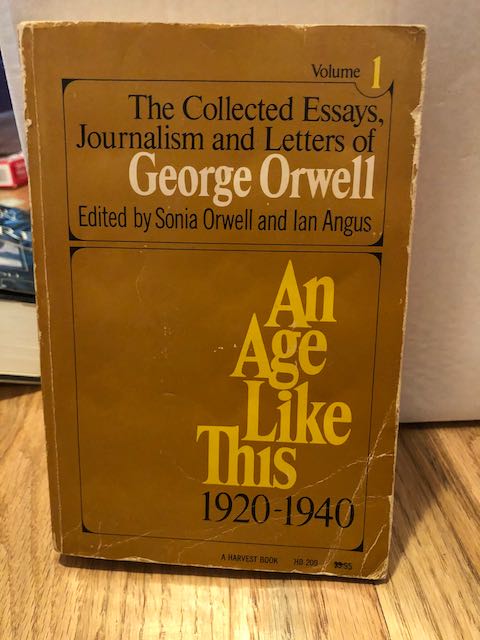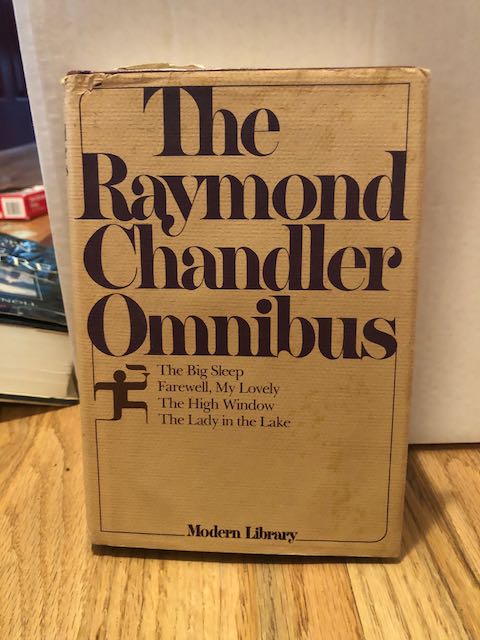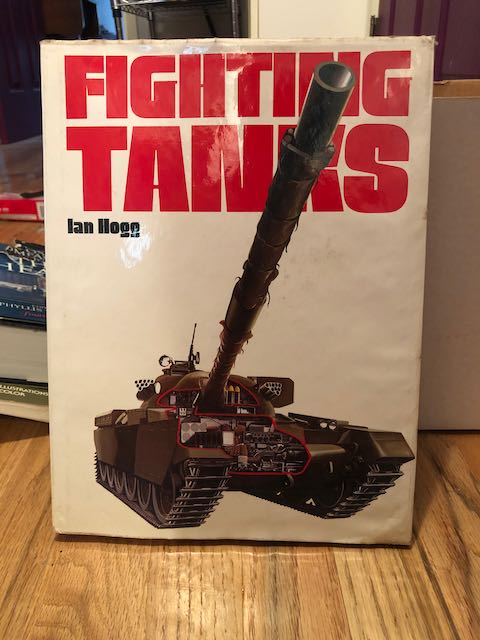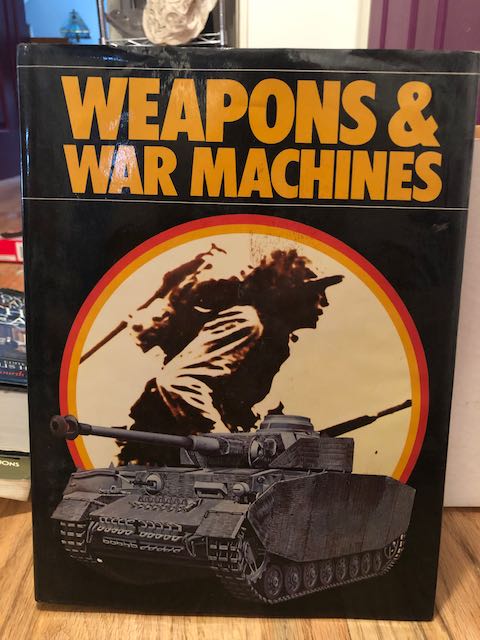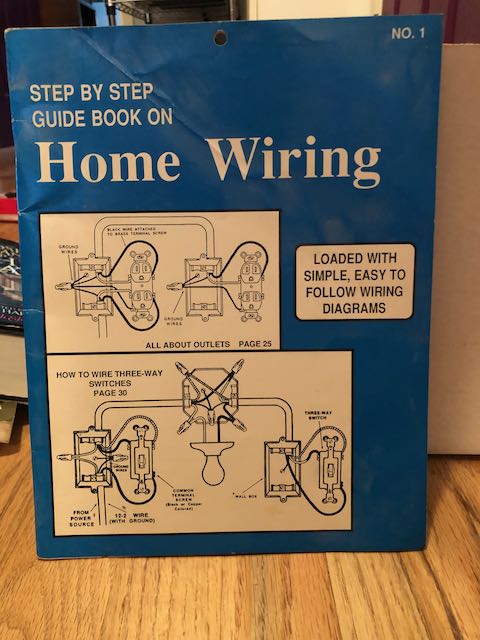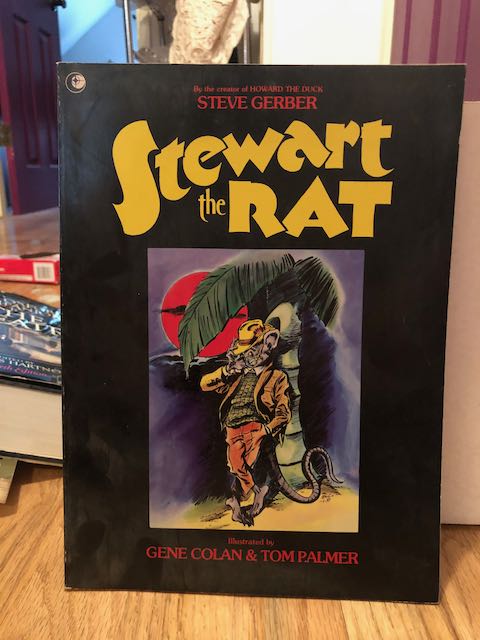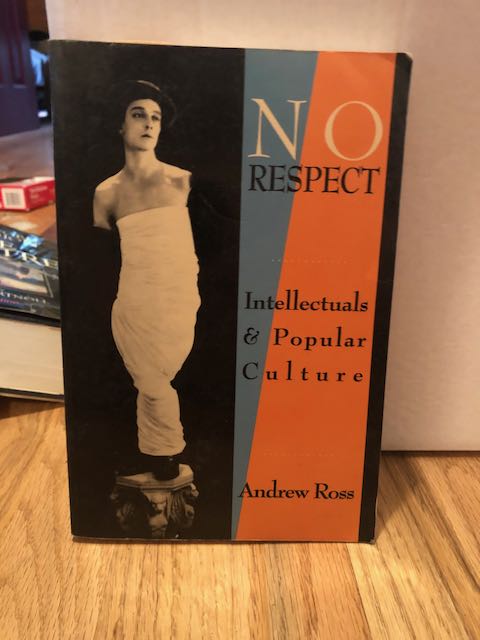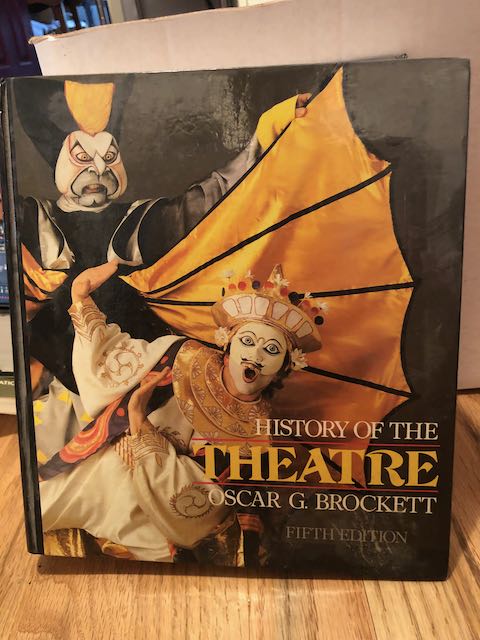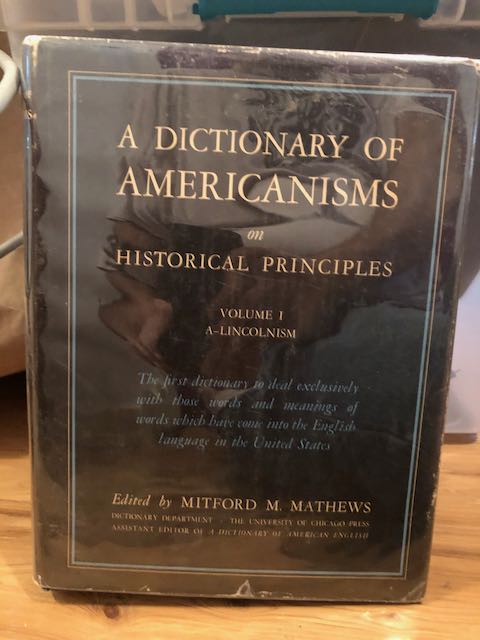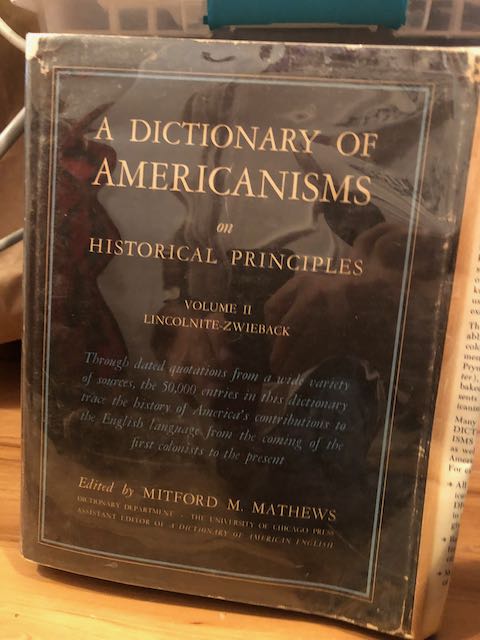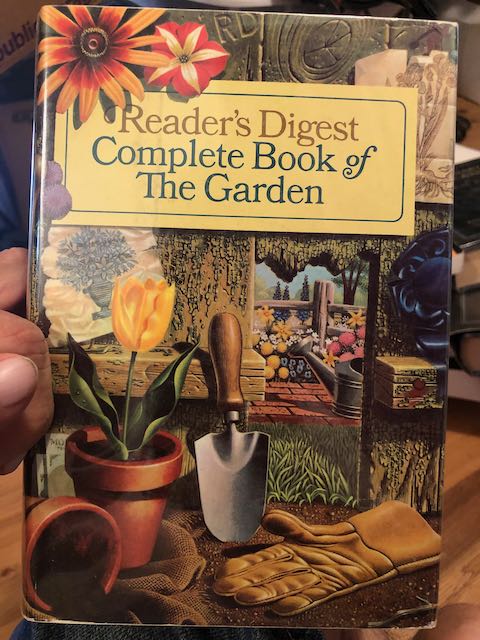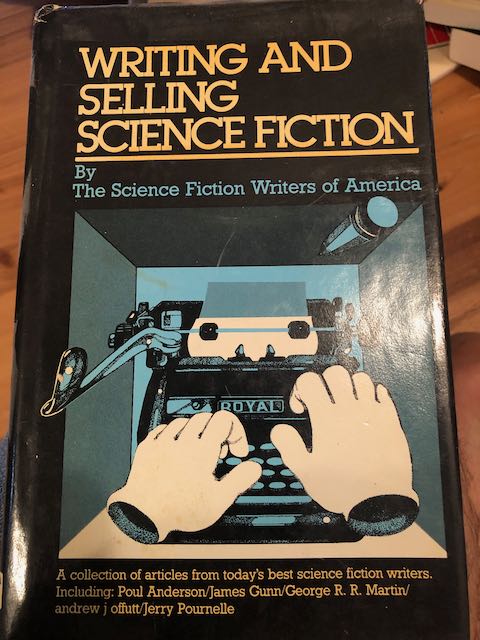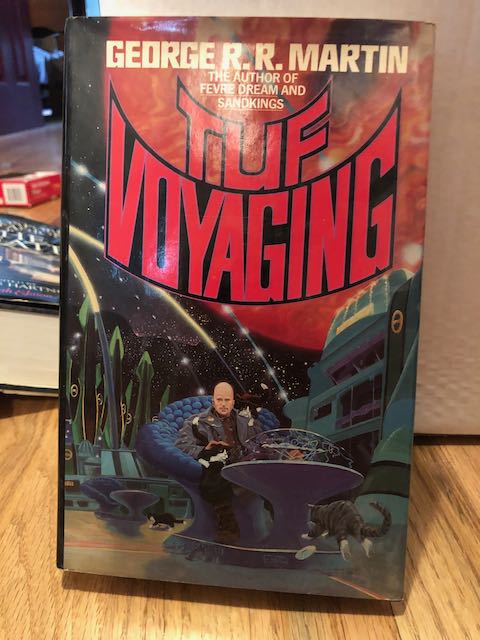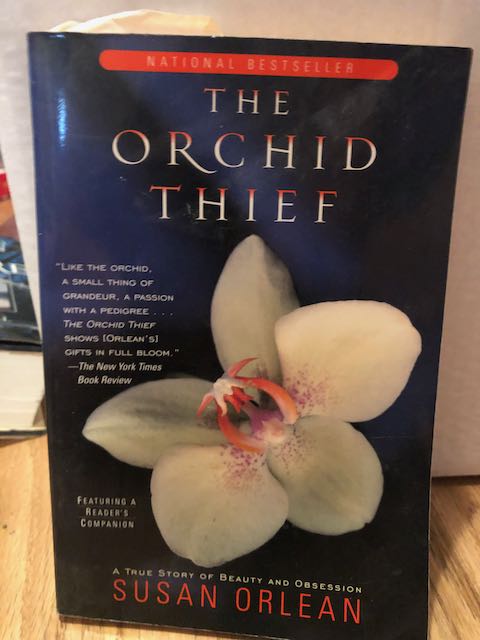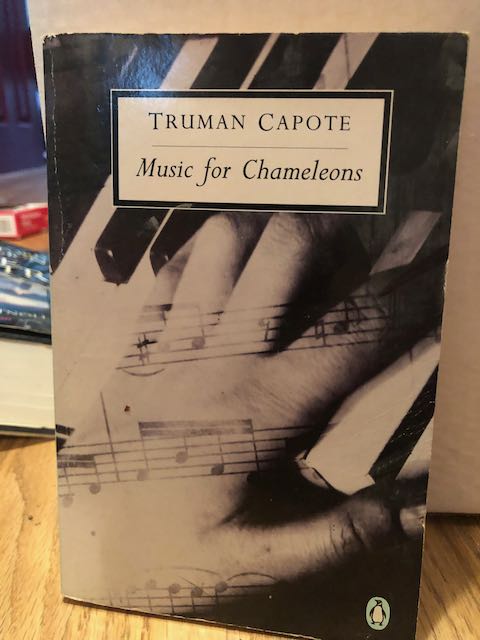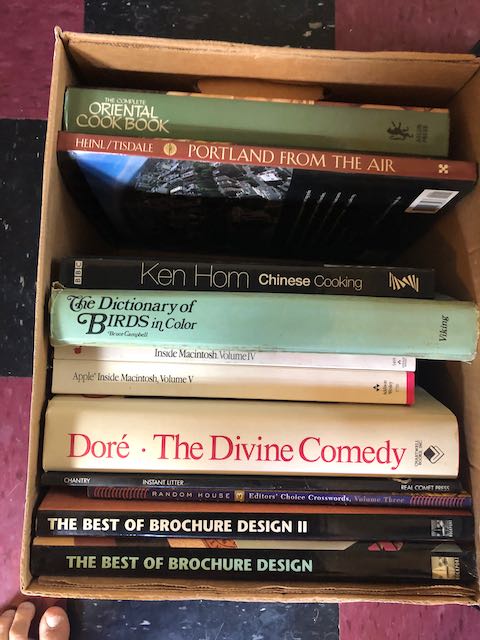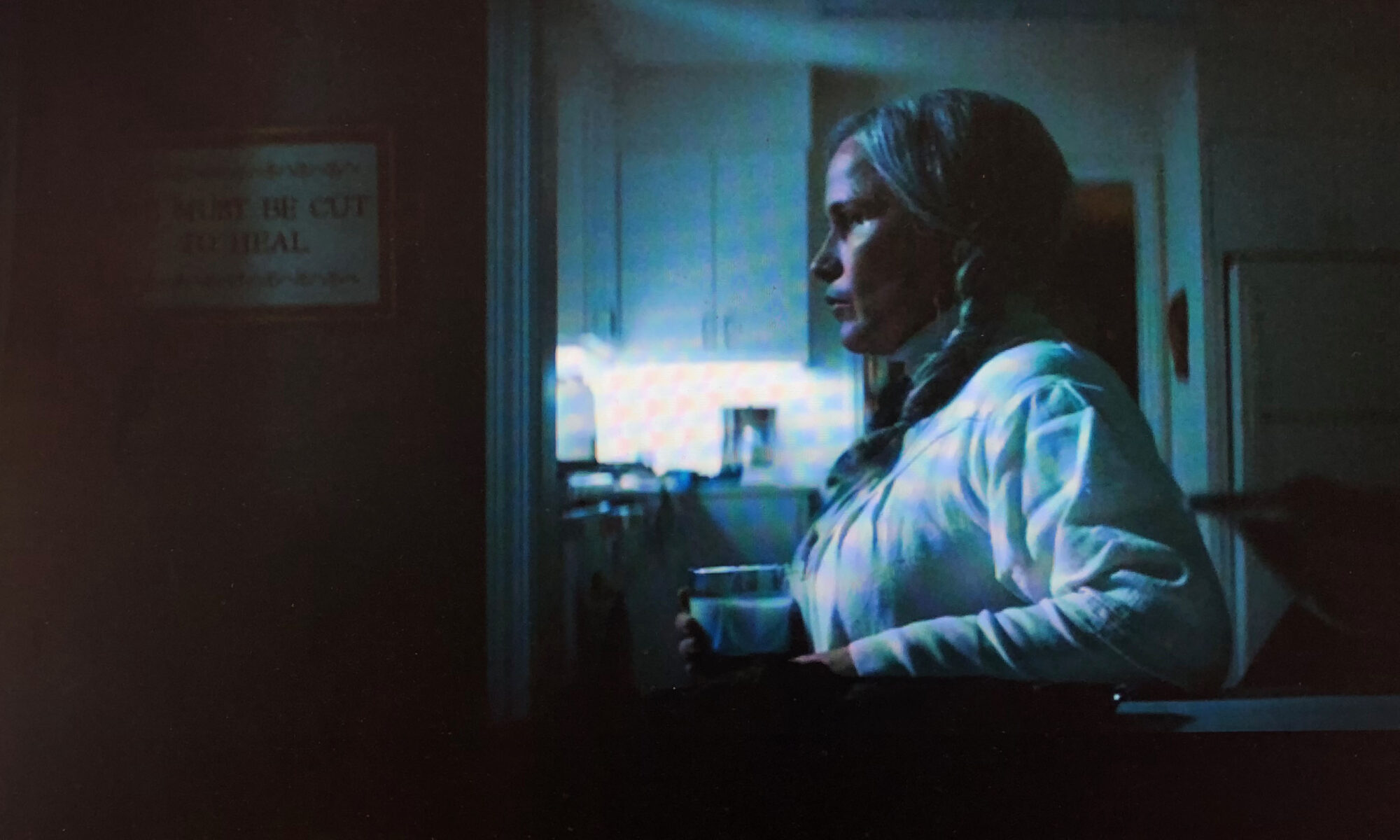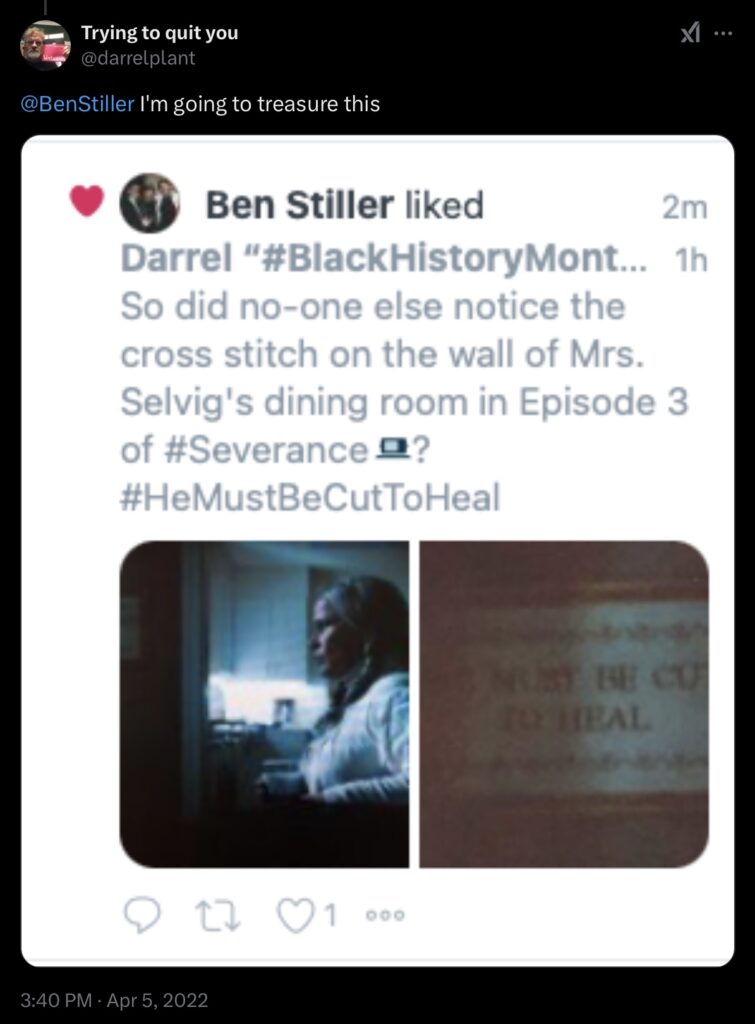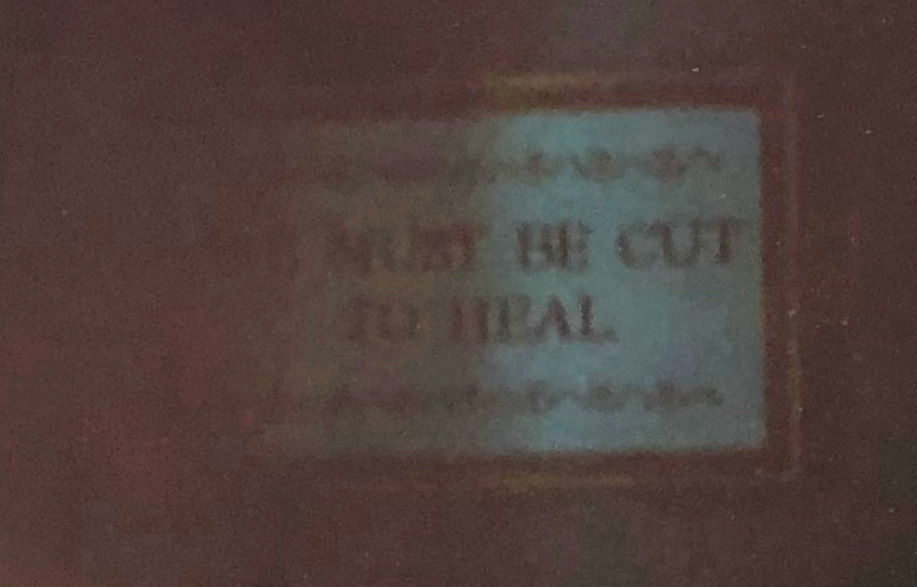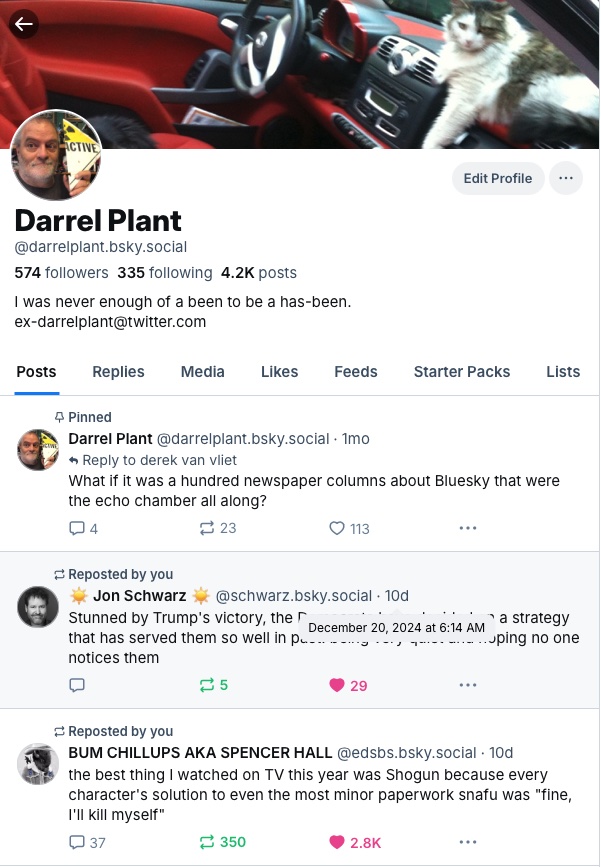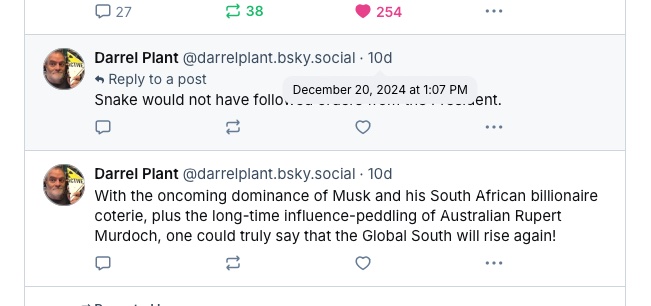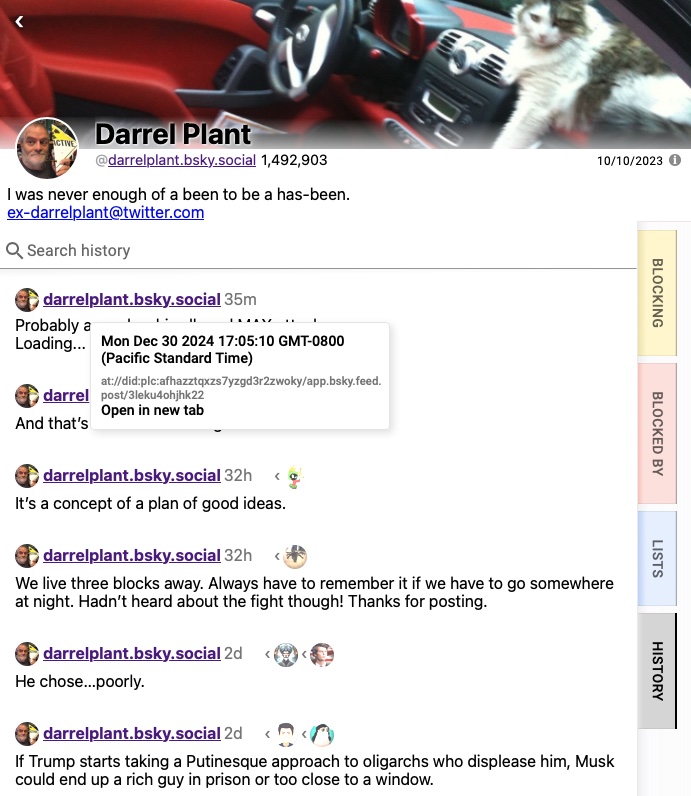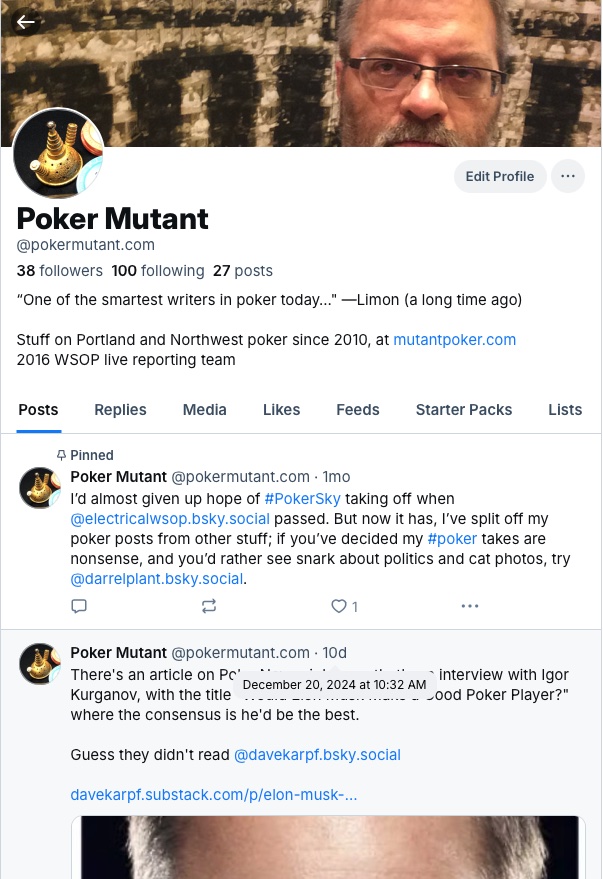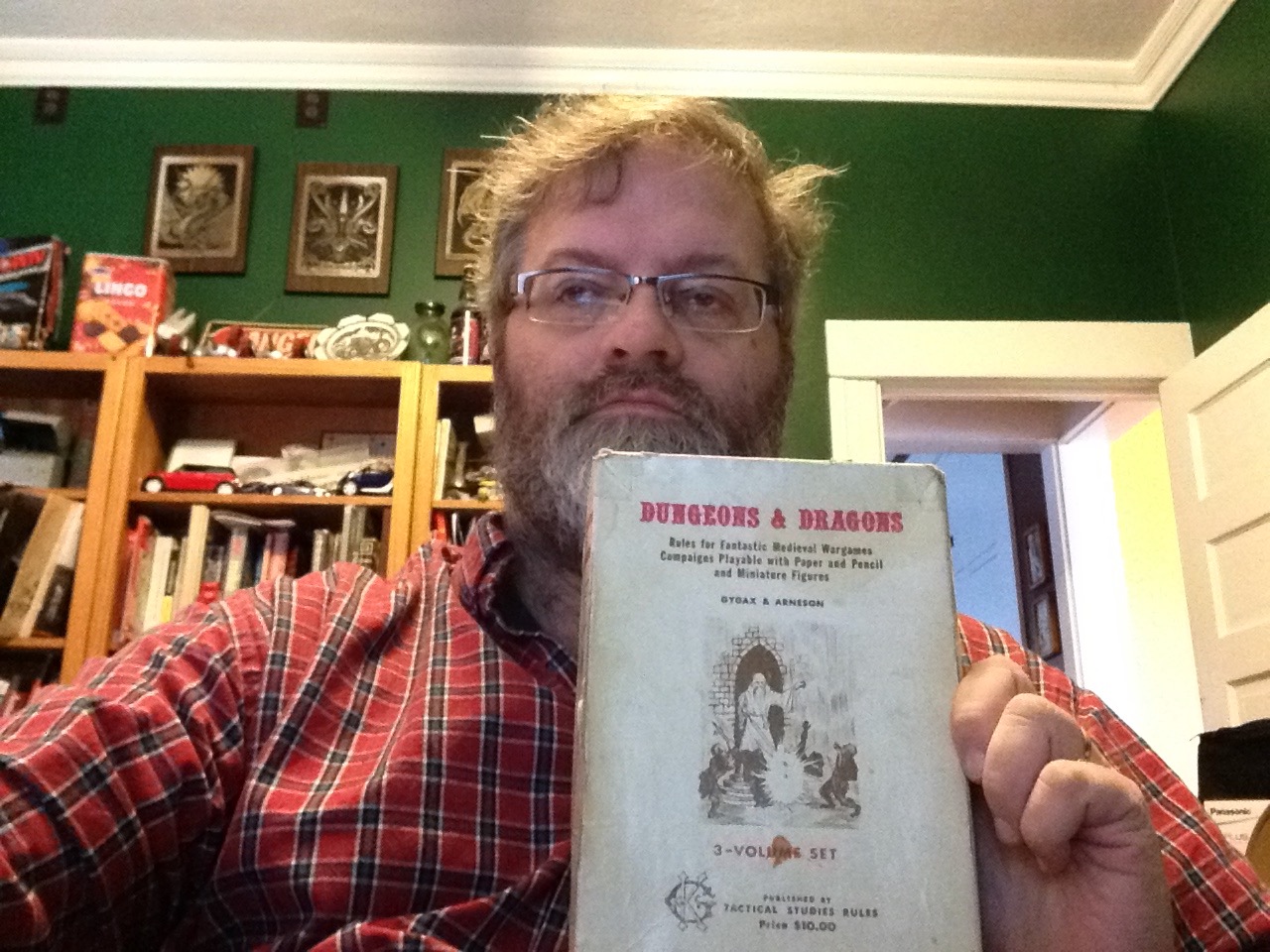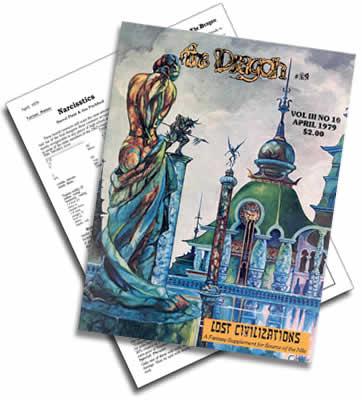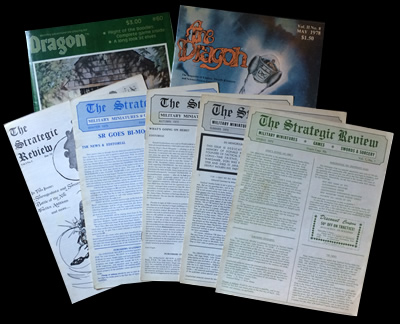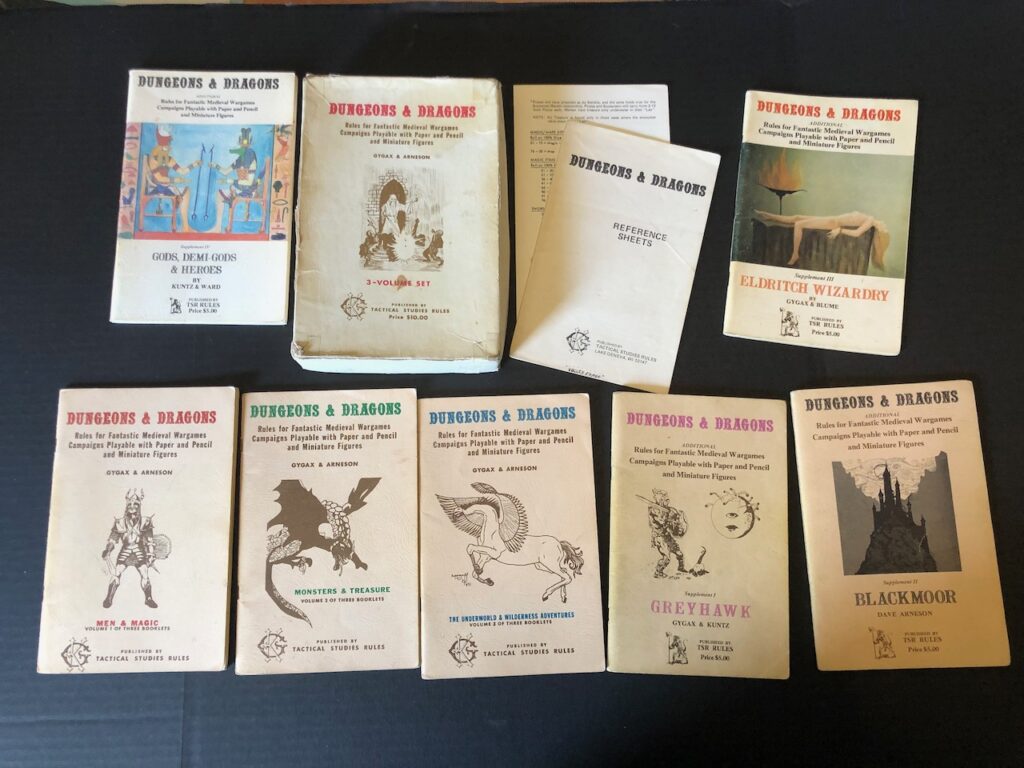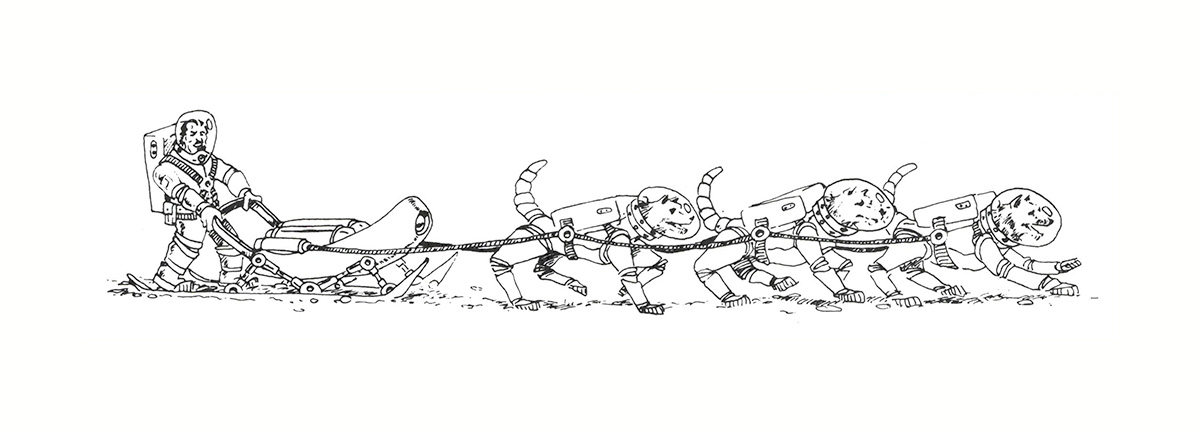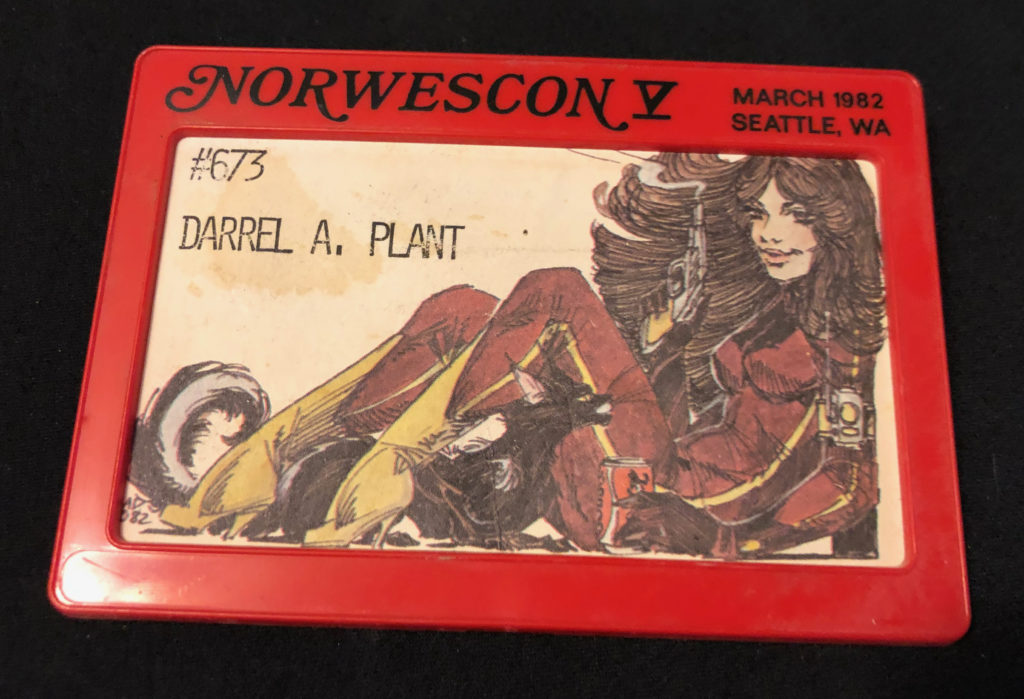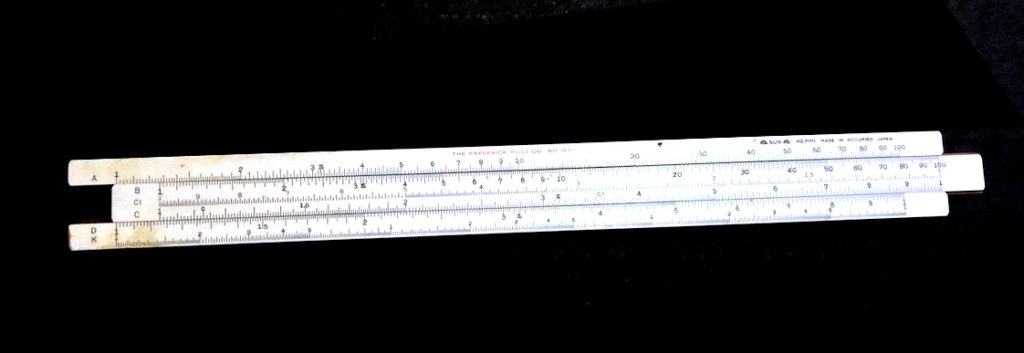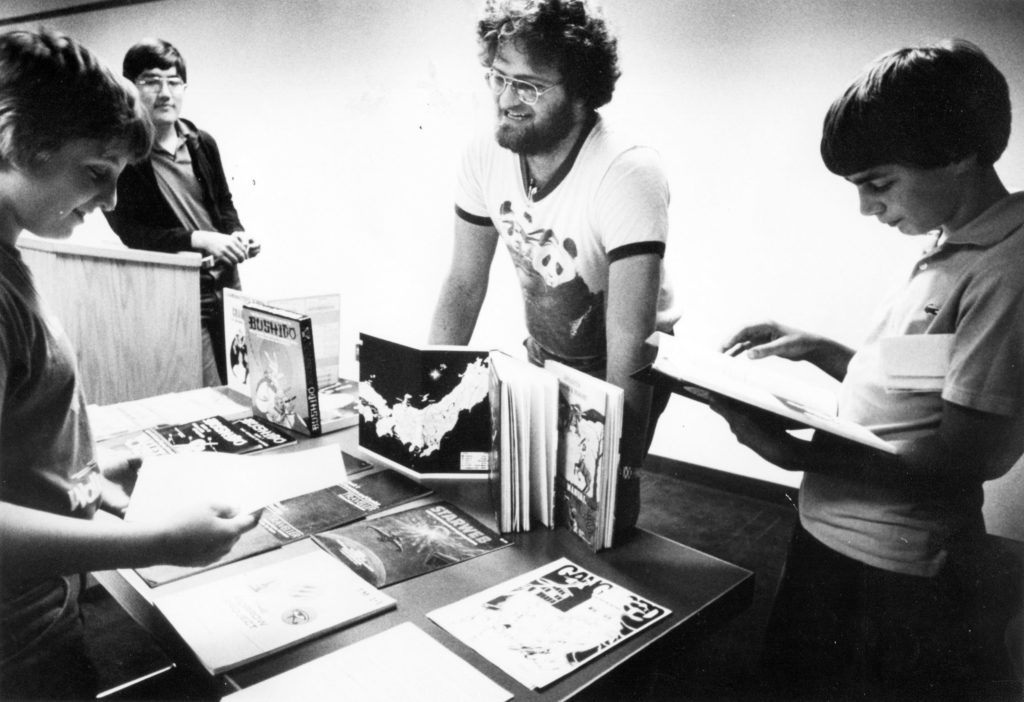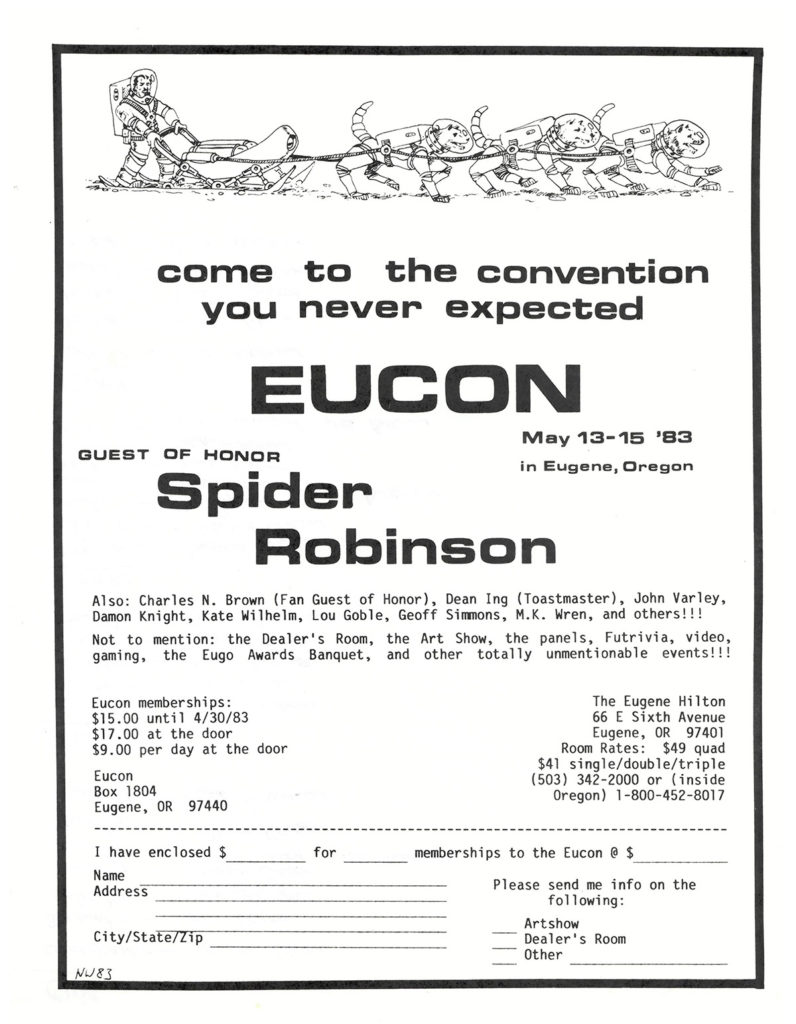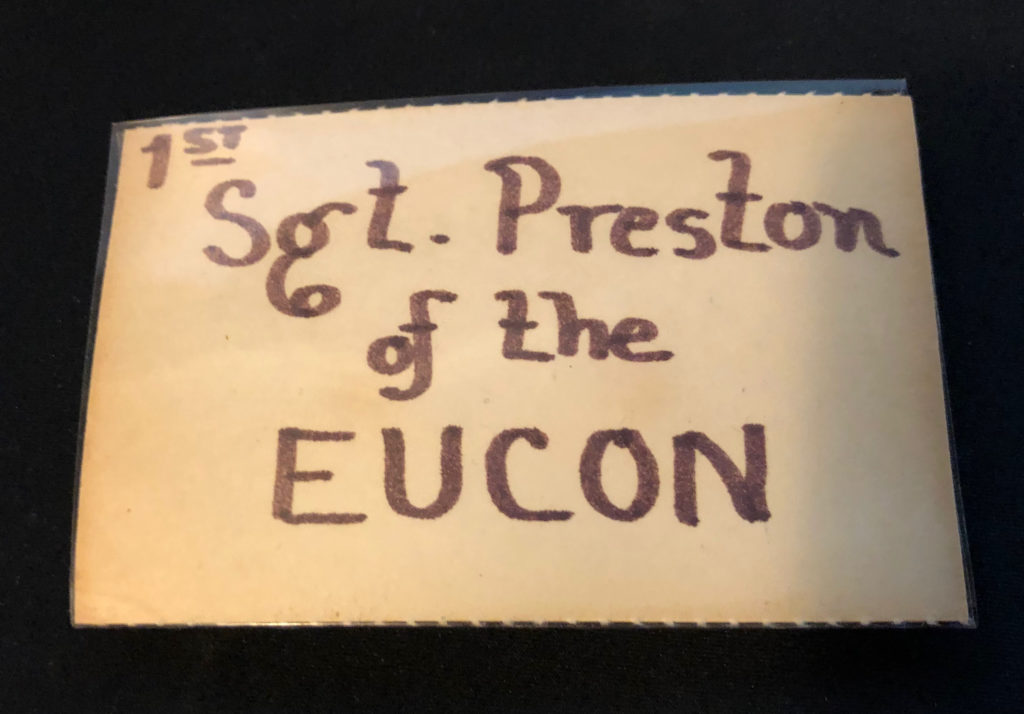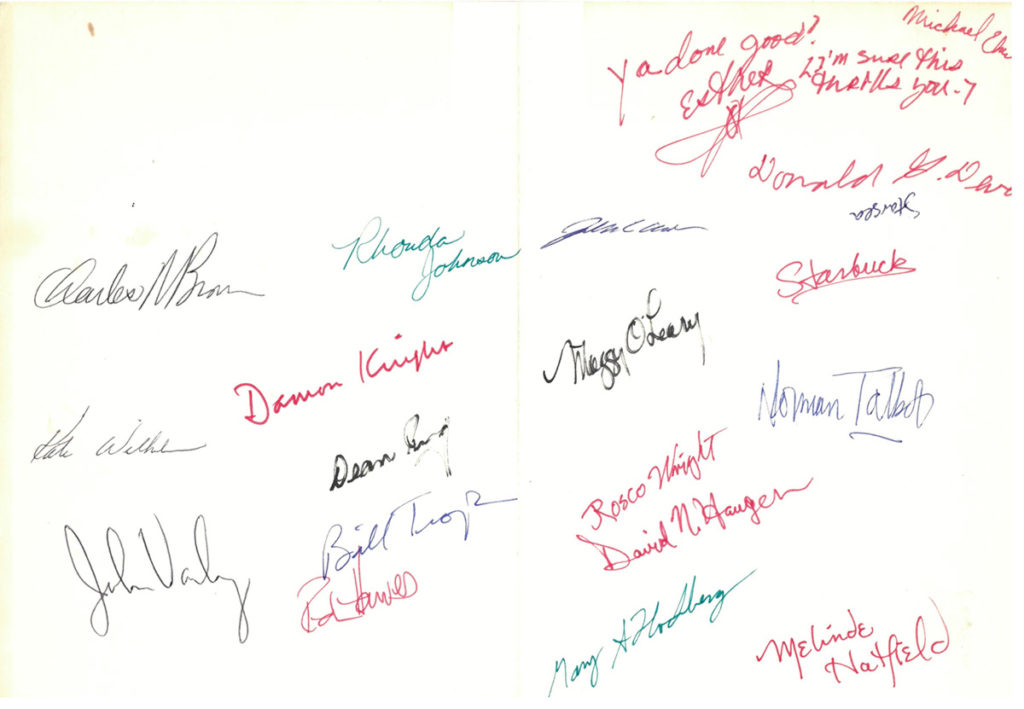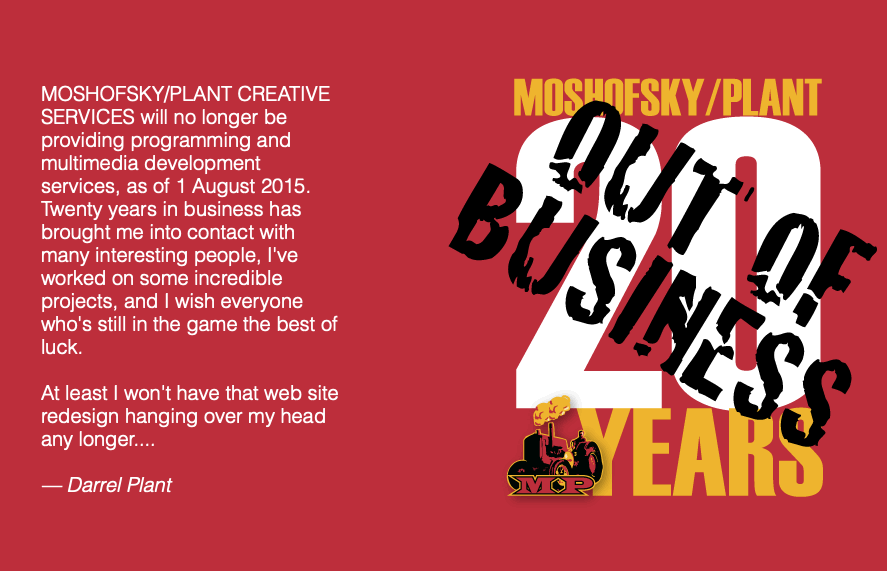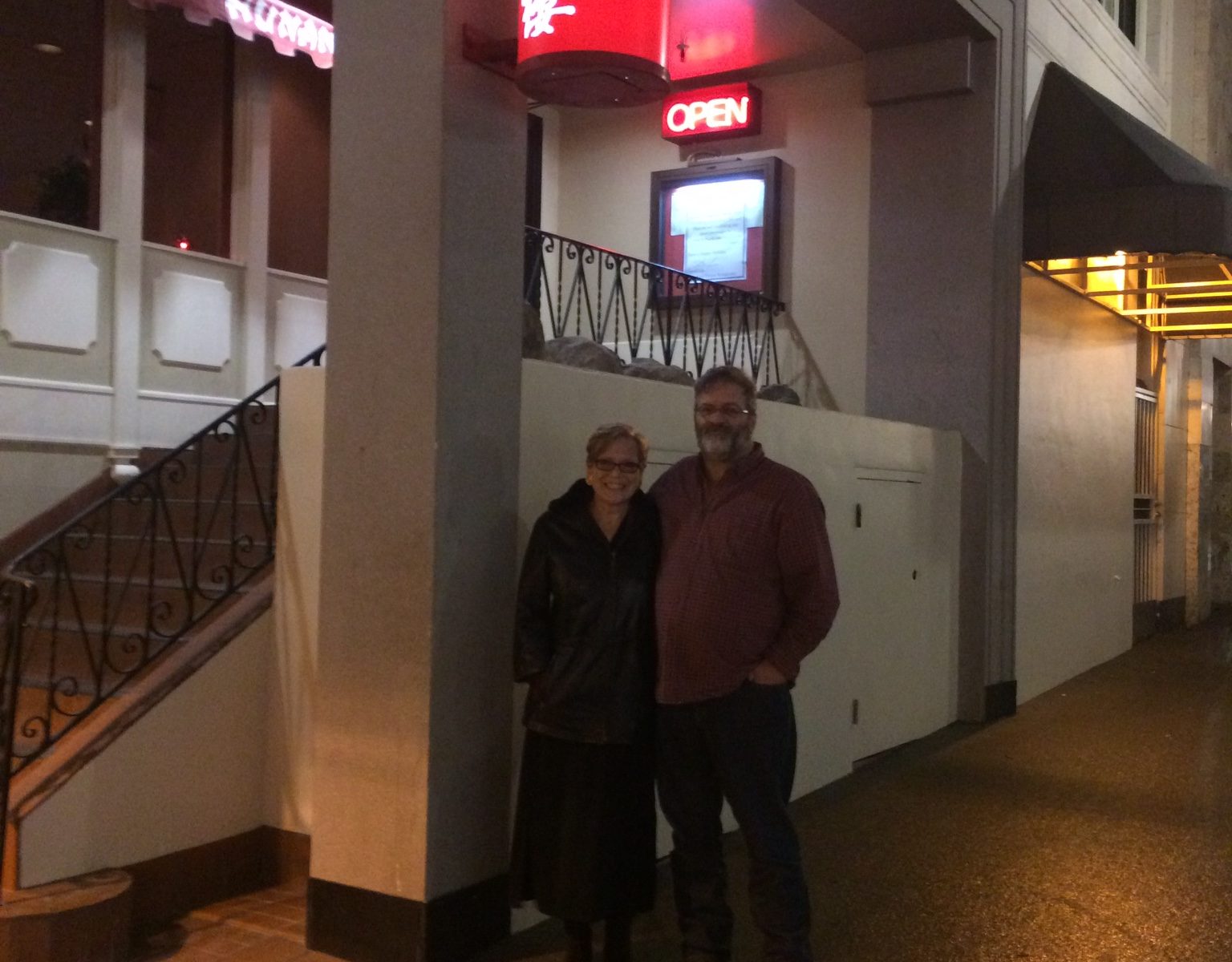Kids, you have no idea how evil this man was. Oliver North and Fawn Hall, Key Figures in Iran-Contra Scandal, Are Married – The New York Times share.google/kAouPxzd1kYS…
— Rick Perlstein (@rickperlstein.bsky.social) September 9, 2025 at 7:02 PM
[image or embed]
Rick Perlstein posted the news that Oliver North and Fawn Hall, two major figures in the Reagan-administration’s Iran-contra scandal, were married in August, 40 years after the events that brought them to public attention. So I guess I might as well post the short play I wrote for my theater class in 1989.
The Cast
Oliver North
Fawn Hall
The People
The Setting
A room like any other room for the small stage. On it are a couple of chairs, a glass and a jug of water on a small table, and, if it is thought necessary, an American flag. There should also be a black flat behind which someone can stand and talk to Ollie as if they were outside the room.
Scene One
[One chair is hidden behind screen. If the flag is used, it too should be hidden. The lights come up on Ollie standing toward the front of the stage. He is wearing his uniform still, but it is somewhat bedraggled and worn. The medals have lost some of their burnish.]
Oliver North
[Putting right hand over heart.] I pledge allegiance to the flag of the United States of America, and to the Republic for which it stands, one nation under God, with liberty and justice for all. [Pauses for a moment, then raises arms in an evangelical stance.] Americans, I am Oliver North! [Waits as if for applause, then drops hands and continues.] America is beset by troubles and I know how to solve them! Fot too long have we sat idle and allowed others to maneuver us like pawns in some giant chess game! It is time to take a stand, [Fawn hall enters room, Ollie doesn’t notice her.] one which we can all be proud of—one in which we can be strong! It is toime for America to let the world know that we’re sick and tired of turning the other cheek! Sick and tired of ignoring our own interests in the name of some foreigner’s civil rights! It’s time to let the world know that we’ll do what we want to do…
Fawn Hall
Still working on the speech, Ollie?
Ollie
Fawn! It’s so good to see you again so soon! How’s life on the outside world?
Fawn
Oh, pretty much the same as last week.
Ollie
The jury?
Fawn
Still out.
Ollie
Damn! That’s eleven years! I’ve been stuck in here for eleven years! Eleven years today!
Fawn
I’m sorry, Ollie. I forgot. Things have been so hectic lately. With my television show and everything else, I haven’t had time to organize my personal schedule in weeks.
Ollie
Won’t they ever reach a verdict? My public is waiting for me to be released. There are thousands of people waiting to hear from me—to see me—to touch me. They write me hundreds of letters…
Fawn
How many letters?
Ollie
Well…
Fawn
Ollie, the guards called me up and told me you haven’t had a letter in weeks. That’s why I came again so soon. You know I can’t usually make it more than a couple of times a month.
Ollie
I know. I know. But Fawn, somebody’s got to care, someone’s got to remember. I know that out there in the world there are millions of people who share my vision, my zeal—if only I could get my message to them! The jury has to acquit me!
Fawn
I don’t know, Ollie. Last I heard, they were asking to see all of the documents for the tenth time.
Ollie
If only I hadn’t agreed to sign my name to all of those papers! I was such a sucker for Bush! And that trick with Dan Quayle! What a way to avoid getting impeached! Fawn, you’ve got to help me. Get my name back out into the world. Get me back out into the world!
Fawn
I’ll see what I can do for you, Ollie. It’s not going to be easy, but I’ll try. [Turning to audience.] This is Fawn hall reporting. Today I had a private interview with retired Marine Lieutenant Colonel Oliver North. An old friend and employer of mine, Ollie was convicted on several charges of misleading Congress, and generally doing bad things to the American people. His first trial resulted in a jury conviction in 1989 after only three days of deliberation. He appealed, but the jury has now been deliberating for eleven years, making it the longest jury trial in US history. But Ollie, Oliver North, a man who was once called a national hero by the President of the united States, has been incarcerated in a Federal prison ever since the closing arguments were finished. He hasn’t had the chance to speak out for hiimself and his cause for eleven years—and he is fading. But you can help. All you need to do is believe. If you believe in Ollie and Ollie’s innocence [Ollie looks hopefully at the audience] he will come back! Believe! Believe! Believe! [Fawn looks at Ollie, then back at audience.] Believe harder! Believe stronger! Believe! [She turns back to Ollie.] I’m sorry Ollie. It doesn’t seem to be working. Look, I’ve got to go. I’ll be back next week. Promise.
[Blackout.]
Scene Two
[The chairs are now on opposite sides of the table. Ollie is again facing toward the screen.]
The People
[The People are wearing a suit, tie, and glasses. They approach timidly and knock on the flat.] Mr. North? Colonel North?
Ollie
Come in.
People
I’m glad you agreed to let me visit you.
Ollie
I’m glad you came. Sitting in one room for all this time has been rather dull.
People
I’m sorry.
Ollie
Who are you, anyway?
People
Oh, don’t you remember? I’m your defense team.
Ollie
My defense team? I thought they’d all quit.
People
Well—all of them except me.
Ollie
Oh. [He tried not to look too disappointed.]
People
Look, Mr. North, you realize that it’s been a long time for most people. Nobody—well almost nobody—is willing to devote their life to one case, one cause anymore.
Ollie
Why are you still here, then?
People
Ever since I was a kid, I’ve admired you. I grew up in a little town in Iowa called Cornfield. I was just out of high school the summer the Iran-Contra hearings happened, and that town was taken with them like a pig to mud. All through the summer, the folks with VCRs would have neighbors over to a full house while they watched the hearings. The town council renamed Cornfield Street, Lieutenant Colonel Oliver North Boulevard…
Ollie
A boulevard…imagine that.
People
…yeah, well, I decided to go into law. I was a smart kid, managed to get some academic scholarships, get through college in three years, and went on to Harvard law, doing summers here in D.C. as a legal aide to your lawyers. Did you know that more than a tenth of the articles published by the Harvard law Review during that period were about you and your appeal? An entire new branch of judicial study concerned with the ramifications of the use of executive privilege regarding foreign covert operations sprang, Atena-like, from your actions. We called it Ollielaw. When I graduated, I got a job doing research on your case. I’ve been behind you ever since. But lately…I don’t know. I took a trip home last month—the first time I’d been able to get away from Washington for six years. Cornfield Street is back to being Cornfield Street. I asked my mom, and she said they changed it back because the new name was just too long to remember. She said nobody had used it much anyway: the old folks called it Cornfield Street, and the kids just called it North Street. People said they were getting confused with the other North Street, and that a town the size of Cornfield didn’t need a boulevard. I asked the mayor what had happened to the street signs and he said he’d used them as slats to repair his hogpen. I guess out in the country it’s kind of easy to lose your focus.
[Blackout.]
Scene Three
[Both chairs are on the same side of the table opposite the side of the stage the flat is standing on. Ollie is seated in one of them. He sits in the chair for a minute, nervously tapping his foot, and pours himself a glass of water. Just as he is about to take a sip, a voice calls out from behind the screen.]
The People
Will the defendant please rise. [Ollie does.] Oliver North, a jury of your peers has found yo guilty of being an albatross around the neck of the body politic. Crimes you have and have not committed lie all around, stinking and sweltering in the hot sun of our consciences. The jury of this appeal has determined that the time has come to eradicate the whole putrid mess from our minds, and for that reason has spent the past eleven years sequestered from the rest of humanity,
During the period of their isolation, polls have been taken among the populace at large. Those polls show that for the past year no one has given a thought to this case except for those people directly involved with it. I admit that I have not considered this trial myself for the past couple of weeks, at least.
The jury thinks that they, and the American people have had enough. They have suggested a punishment that is intended to prevent this sorry affair from ever being dragged into the public eye again, intending to give us a fresh start and a new life for the coming millennium.
Oliver North, I sentence you to a life of silence. The finding of this court is that there shall be no more TV movies. There shall be no more books. There shall be no more speeches. There shall be no more gifts. Whatever you may do now in your private life is your own affair, but no longer will the American people be given monstrous figures to revere and treasure. Oliver North, be quiet.
Any last words?
Ollie
Yes. I regret that I have but one life to give for my country. How’s that?
The People
That’s great.
Fawn
Believe! Believe!
